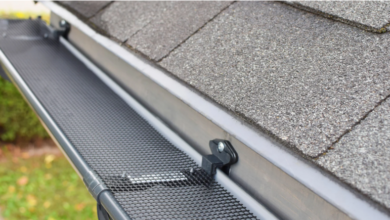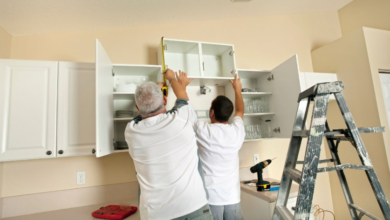How Vinyl Windows Improve Comfort by Regulating Home Temperature

Maintaining indoor comfort year-round can be challenging, especially in regions with dramatic seasonal swings. One of the most effective solutions lies in upgrading your home’s windows. When homeowners choose vinyl windows in Houston, they aren’t just selecting a low-maintenance material; they’re investing in a system that contributes directly to stable indoor temperatures. The material’s structure and insulation qualities help reduce drafts, retain heat in winter, and block heat gain in summer, resulting in a more balanced interior environment.
With advanced frame designs, multi-pane configurations, and superior sealing systems, vinyl windows provide a reliable thermal barrier that enhances daily living.
The Thermal Efficiency of Vinyl Windows
Vinyl’s ability to support energy-efficient window construction is one of its defining advantages. The material itself is a poor conductor of heat, making it ideal for creating window frames that resist thermal transfer.
Limiting Heat Exchange Through the Frame
Most vinyl windows are designed with multiple internal chambers that act as insulation pockets. These air-filled cavities reduce the movement of warm and cool air through the frame, which helps maintain indoor temperature without overworking heating or cooling systems. When installed correctly, this structure limits cold drafts in winter and prevents warm air from seeping in during the summer months.
Paired with insulated glass and secure weatherstripping, vinyl frames deliver a sealed envelope that actively supports home energy performance.
Reducing Energy Waste and HVAC Stress
Temperature inconsistencies are often the result of inefficient window systems. When conditioned air escapes through poorly sealed or outdated frames, HVAC systems must run longer and more frequently to restore comfort.
How Vinyl Windows Help Optimize Energy Use
Vinyl windows reduce that strain by maintaining a more consistent interior environment. The reduction in temperature swings between rooms leads to a more comfortable living space throughout the day. Less energy is required to stabilize the home, and homeowners often notice the difference not just in comfort, but in utility costs.
Maintaining performance starts with regular upkeep. Learning tips for cleaning vinyl windows and applying them can preserve the integrity of seals and surfaces, which contributes to long-term efficiency and indoor comfort.
Material Choice Matters
Not all window materials perform the same. While wood can warp and aluminum may conduct heat, vinyl remains dimensionally stable and resistant to environmental extremes.
Why Vinyl Outperforms Alternatives in Comfort Control
Compared to other options, vinyl frames provide superior insulation without needing extra coatings or treatments. Their design flexibility allows for tight-fitting frames and multi-pane glazing that maximize efficiency.
When weighing options, many homeowners find that vinyl’s combination of affordability and performance gives it an edge. That’s why it stands out in any smart homeowner’s guide to window materials, offering year-round thermal regulation with minimal upkeep or added cost.
Conclusion
Vinyl windows do more than just frame a view, they actively regulate your home’s internal climate. By limiting thermal transfer and supporting consistent temperatures, they enhance comfort while reducing energy use. Over time, these benefits translate to better living conditions, fewer HVAC issues, and measurable savings, all without sacrificing style or convenience.
Their durability and low-maintenance nature further ensure that the comfort they provide lasts for decades. For homeowners seeking both reliability and efficiency, vinyl remains a smart and lasting choice.




